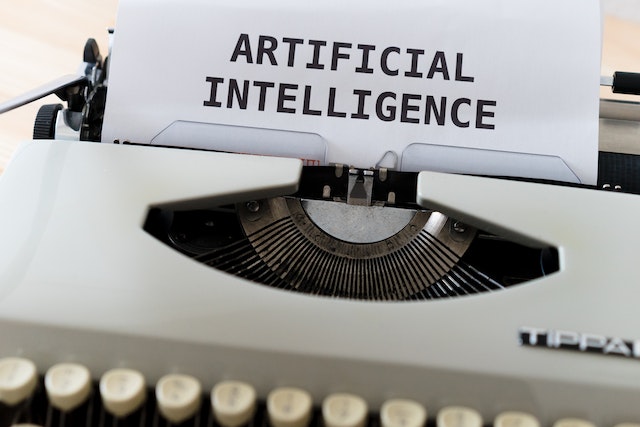In recent years, the field of artificial intelligence has witnessed remarkable advancements, and one of the most intriguing among them is Generative AI. This technology has garnered significant attention for its ability to create content, mimic human creativity, and offer innovative solutions across various domains.
In a recent Gartner survey involving over 2,500 executives, 38% of respondents cited customer experience and retention as their top priority for generative AI investments. Following closely behind were objectives such as revenue growth, with 26% of respondents selecting it as a primary goal, cost optimization at 17%, and ensuring business continuity, which was a key focus for 7% of the participants.
Defining Generative AI
Generative AI, short for Generative Artificial Intelligence, is a subset of artificial intelligence that focuses on training machines to generate content that is, in some way, creative or human-like. Unlike traditional AI systems that are rule-based and make decisions based on pre-defined algorithms, Generative AI systems use large datasets and deep learning techniques to produce content autonomously. These systems have the capability to create text, images, audio, and even video, often indistinguishable from human-produced content.
How Does Generative AI Work?
At the heart of Generative AI are neural networks, which are structured to mimic the human brain’s neural connections. The two most prominent techniques used in Generative AI are Recurrent Neural Networks (RNNs) and Generative Adversarial Networks (GANs).
- Recurrent Neural Networks (RNNs): RNNs are commonly used for sequential data, such as natural language. These networks have a feedback loop, allowing them to maintain a form of memory. This makes them suitable for tasks like text generation and language translation.
- Generative Adversarial Networks (GANs): GANs consist of two neural networks, a generator and a discriminator, which are pitted against each other. The generator creates content, and the discriminator evaluates it. This adversarial process drives the generator to continuously improve its output, resulting in high-quality, realistic content generation.
Which industries will experience the most profound impact from generative AI?
Generative AI is set to revolutionize a wide array of industries, including pharmaceuticals, manufacturing, media, architecture, interior design, engineering, automotive, aerospace, defense, medical, electronics, and energy. It accomplishes this by enhancing core processes with AI models. Additionally, it will reshape marketing, design, corporate communications, and training, as well as software engineering, by bolstering the supporting processes that span these diverse sectors.
For instance, according to Gartner’s predictions, the pharmaceutical industry is poised to undergo a significant transformation. By 2025, it is expected that over 30% of new drugs and materials will be systematically discovered using generative AI techniques, a remarkable leap from zero usage in the current landscape. This will offer the pharmaceutical sector the potential to reduce costs and significantly expedite drug discovery efforts.
Furthermore, the marketing landscape will see substantial changes, with Gartner forecasting that by 2025, a substantial 30% of outbound marketing messages from large organizations will be synthetically generated. This is a substantial increase from the less than 2% observed in 2022. Text generators like GPT-3 are already proving their ability to create marketing copy and personalized advertising with great efficiency.
In the fields of manufacturing, automotive, aerospace, and defense, generative design is poised to play a pivotal role. This technology can generate designs optimized to meet specific goals and constraints, encompassing factors such as performance, materials, and manufacturing methods. Consequently, it will expedite the design process by generating a multitude of potential solutions for engineers to explore, thus enhancing efficiency and innovation in these industries.
Challenges and Concerns
While Generative AI holds immense promise, it is not without challenges and ethical concerns. There are concerns about the potential for misuse, including the generation of deepfakes and automated disinformation. Additionally, issues related to bias in generated content and the need for ethical guidelines to govern AI-generated creations are being actively discussed.
The Future of Generative AI
The future of Generative AI is filled with possibilities. As the technology continues to evolve, we can expect even more lifelike content generation, better support for creative professionals, and innovative solutions across industries. Ethical considerations and regulations will also become increasingly important as Generative AI becomes more integrated into our daily lives.
In conclusion, Generative AI is a powerful and exciting field within artificial intelligence, showcasing the potential for machines to exhibit creativity and produce content that was once solely the domain of human minds. As this technology advances, it will reshape various industries, influence art and design, and redefine the boundaries of what we consider creative and innovative. The key challenge will be to harness the immense potential of Generative AI while addressing its ethical and societal implications responsibly.




